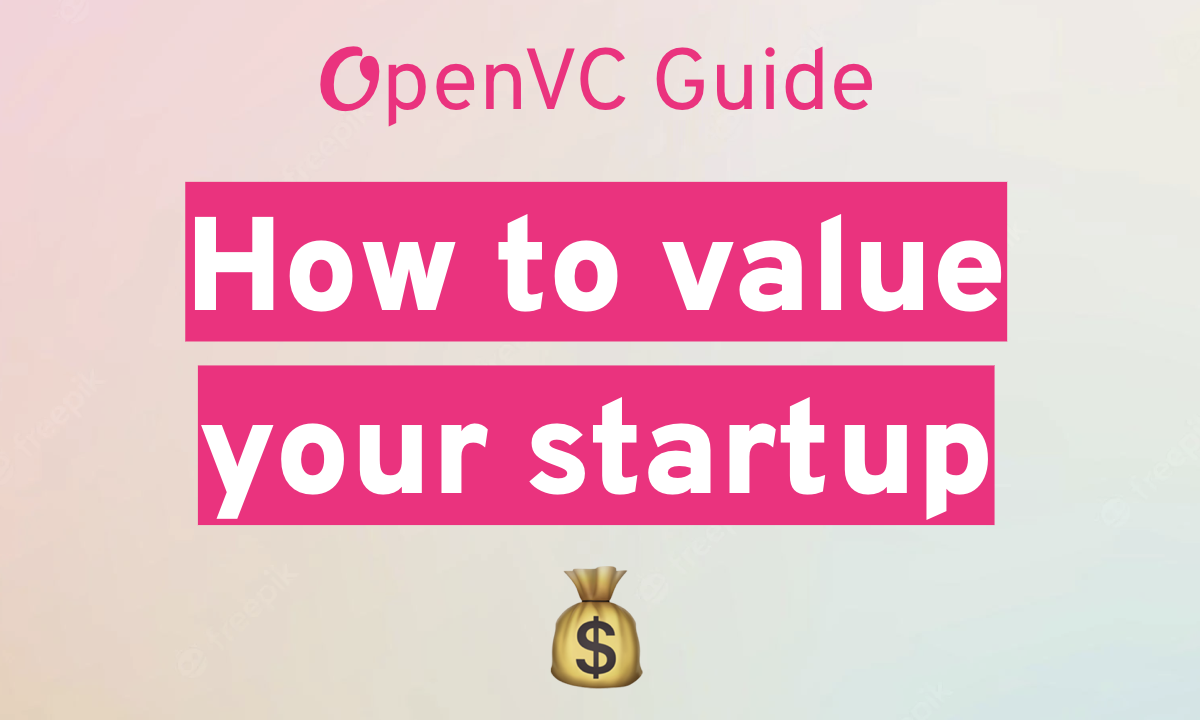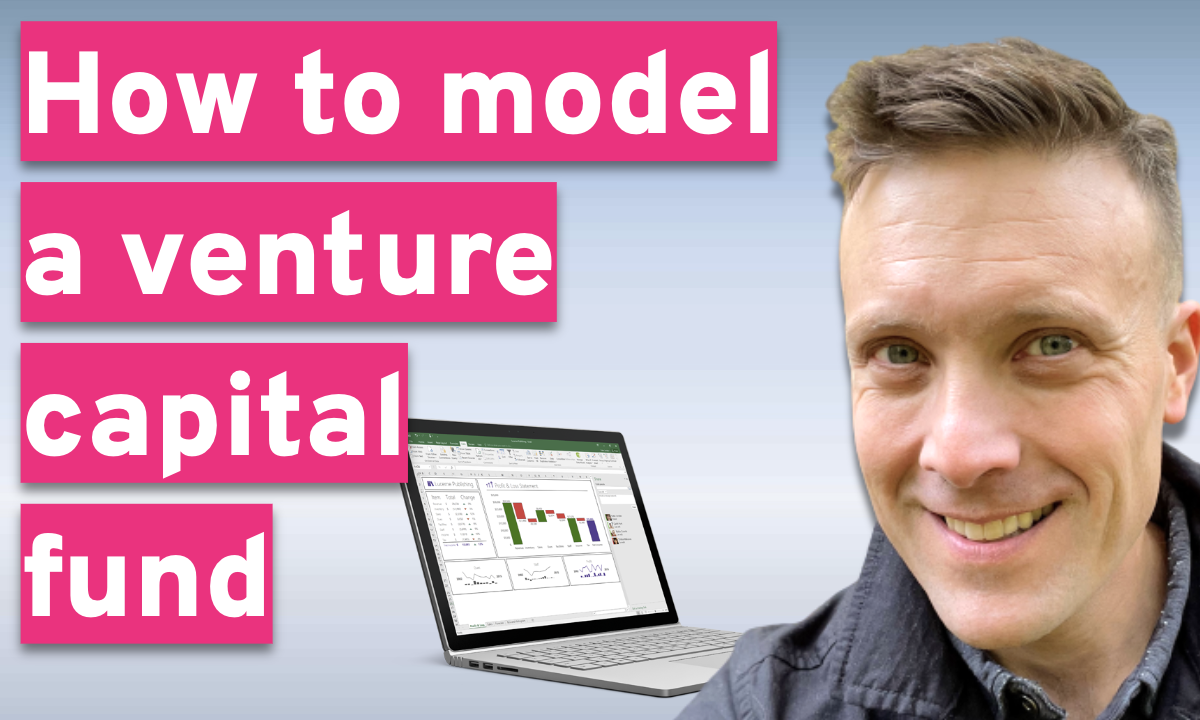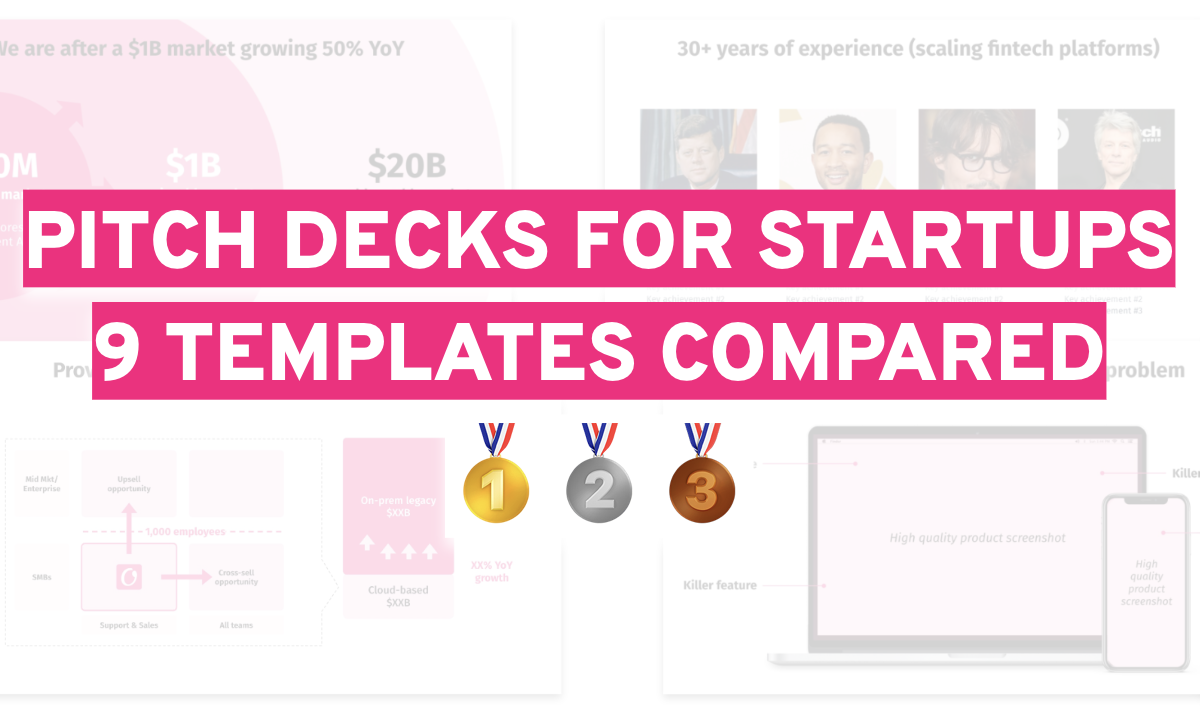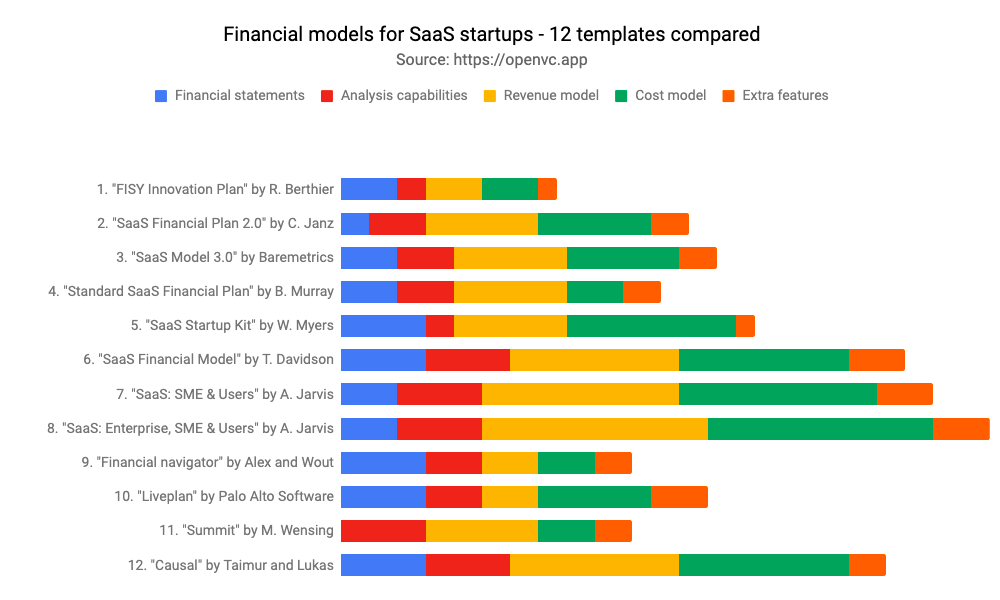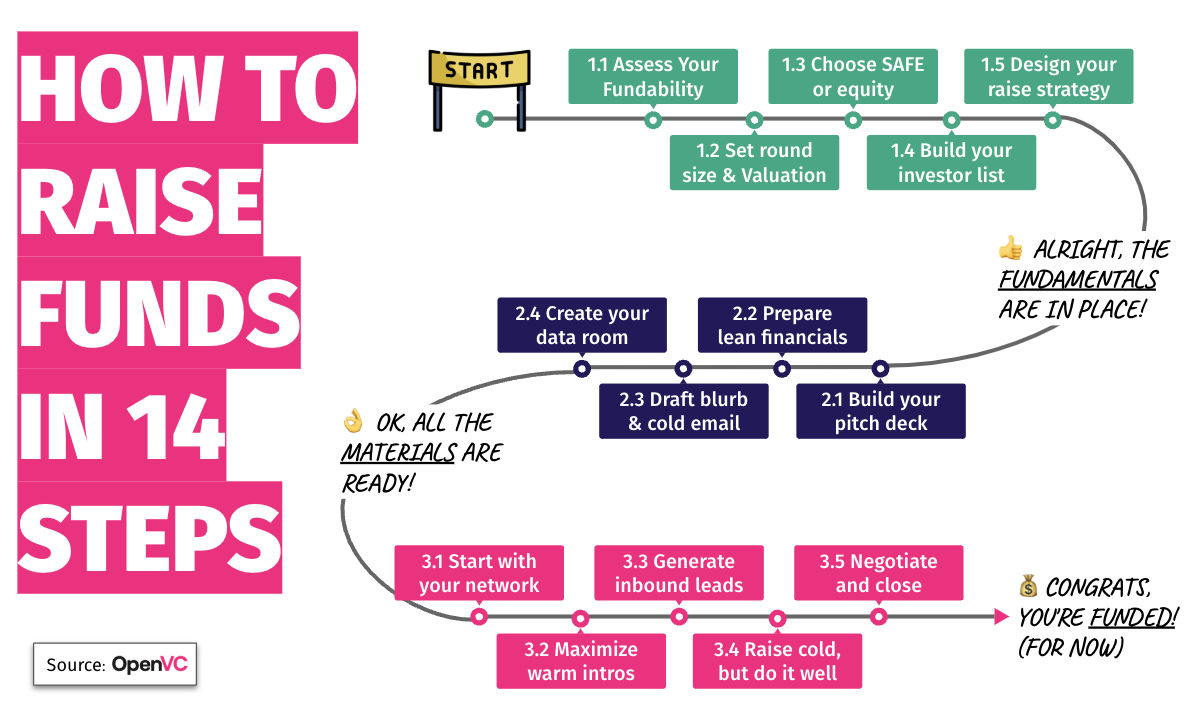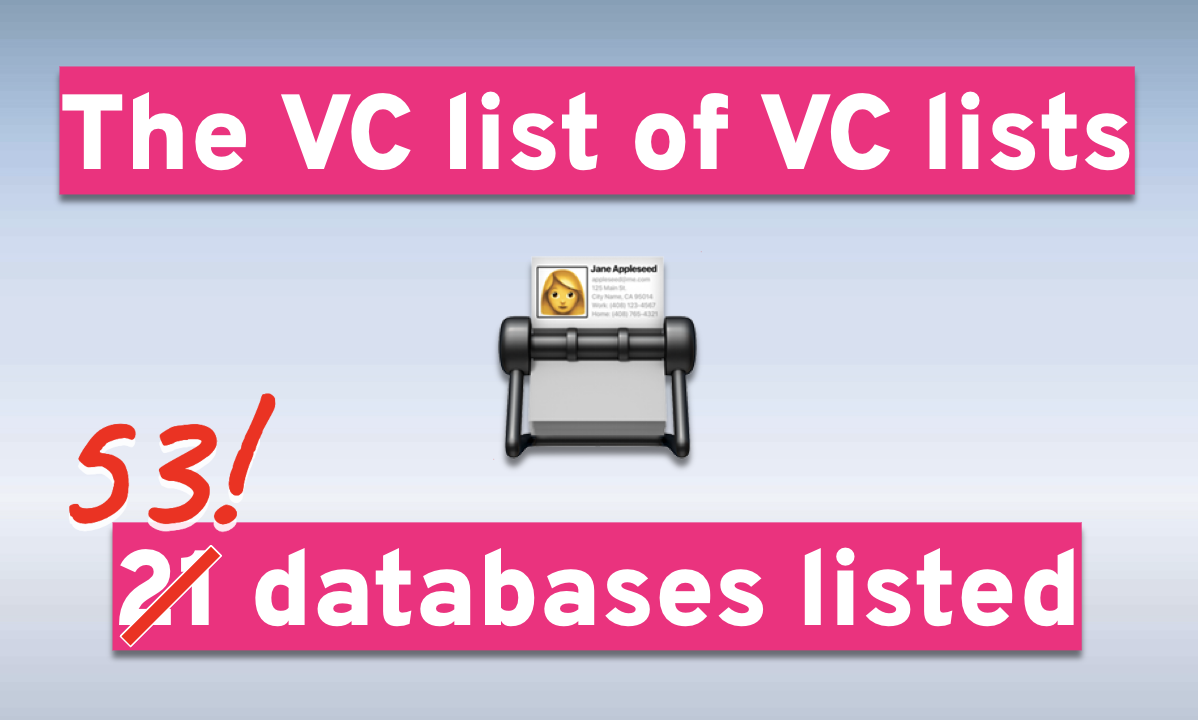If you're a founder creating financials for your pre-revenue company, you're probably thinking two things:
-
“This is hard,” and
- “This feels pointless - how can I predict sales without any data?”
You're half right. It is challenging to estimate demand when there’s no financial history and product-market fit is still unproven. But it’s far from futile.
Building a financial plan isn’t about perfect predictions - it’s about testing the financial feasibility of your idea and creating a blueprint to guide your strategy. Just like writing down personal goals increases clarity and focus, laying out your company’s financial goals helps align your team, advisors, and investors - and gives you a concrete framework for achieving them.
In this blog, we’ll walk through The Startup Station’s proven approach to forecasting revenue for early-stage startups - an approach that helps you build projections you can stand behind and use to grow your business.
PS: If you haven't yet, apply to our NYC Speed Pitching event and get a chance to pitch 3 hand-matched investors on October 8. Details and registration at https://luma.com/wn2sfu5a .
Table of Contents
Part 1: Define your Number of Revenue Streams and Their Timing
The first step is identifying how many revenue streams your business has - and when each one begins. Don’t forget to incorporate your product development timeline, as it directly impacts when each offering can realistically launch. That timing can be:
-
Date-based (e.g., January 2026, March 2027), or
-
Trigger-based (e.g., when 12-month trailing revenue reaches $500K or when the company hits 1 million paid users).
👉 Watch this video for a walkthrough of how to model various revenue triggers.
Pro Tip: Only model revenue streams for which you have enough information to reasonably estimate how they will work. If a revenue stream is expected to launch later or is still too uncertain, consider doing a simple back-of-the-envelope analysis instead. This shows investors there’s meaningful upside potential - while also signaling that your current model is conservative, since not all potential revenues are included.
Part 2: Define your Pricing, Model, and GTM for Each Revenue Stream
Go-to-Market (GTM) Strategy
Modeling your go-to-market strategy is one of the most critical - and most often overlooked - steps in early-stage revenue forecasting. This step helps you estimate demand in the context of your labor, capital, and sales cycle constraints.
There are two core types of GTM strategies:
- Budget-based strategies – typically used in B2C models (e.g., paid digital marketing)
- Headcount-based strategies – typically used in B2B models (e.g., hiring a sales team)
For B2C strategies, consider your total marketing budget and how you plan to allocate it across channels. If you don’t yet have your own data, use industry-standard CACs by channel.
👉 Watch this video to learn how to set your marketing budget
👉 And this one for choosing marketing channels effectively
Additional GTM modeling tips:
B2C:
- Budget-based : Social media, paid ads, digital marketing
- Reach-based : Podcasts, events, influencers
B2B: Salesforce-driven : Inside sales, outbound outreach, enterprise sales
Pricing Strategy
Define a pricing strategy for each revenue stream based on your position in the competitive landscape, cost structure, target profit margins, and go-to-market strategy.
If you offer multiple products, don’t model each one separately. Instead, define the product mix and use a weighted average price in your model.
👉 Here’s a video showing how to do that effectively.
Business Model Assumptions
Outline the key variables that drive revenue in your specific business model. Examples:
- SaaS: Subscription tier split, free trial length, conversion rates, churn/renewal rates
- Marketplace: Take rate
- E-commerce: Average order value, conversion rates for new and repeat customers, and the percentage of new customers who make repeat purchases - along with the typical timing of those repeat purchases.
To ensure your assumptions are complete, map out the customer journey - what they buy, when, and under what conditions. Use those decision points to structure how your assumptions translate into revenue.
Common Mistakes to Avoid
The most common mistake startups make when projecting demand is modeling the number of customers or users as a percentage of an arbitrary market size - often growing at a similarly arbitrary rate. Another common approach is starting with an existing user base and applying flat or exponential growth.
Neither method reflects the real-world constraints of your business. These projections are typically disconnected from your product development timeline, sales cycle, labor capacity, and capital availability - making them unrealistic and unconvincing. Instead, demand should be modeled based on your actual go-to-market plan and operational assumptions.
What Investors Expect
Investors aren’t expecting your projections to be perfect - they’re expecting them to be well thought out. They want to see how your vision will be executed and how each strategic decision is reflected in your financial model.
A strong revenue forecast should clearly communicate how your business will grow—starting from the strategy, grounded in logic, and built on transparent, defensible assumptions.
📚 For more resources:
- Browse our Shareable Blog Directory
- Subscribe to our YouTube channel to view more financial modeling tips
- Join our mailing list for fresh content and updates
- Book a free financial model review here
About the author
Victoria Yampolsky is a serial entrepreneur, strategic CFO, startup advisor, and expert in financial modeling and valuation. She’s a passionate advocate for female founders and fair access to capital for all. As the President and Founder of The Startup Station, a strategic CFO advisory firm and financial education platform for startups and small businesses, she has collaborated with over 150 founders across 15 industries, assisting them in raising more than $50M in venture capital funding. She's also taught finance to over 20,000 founders through programs with the Bank of America Institute for Women’s Entrepreneurship at Cornell, The Startup Station’s NYC and Boston meetups, and more than 15 accelerators.
The Startup Station's next investor matching event, Speed Pitching, is taking place on Oct 8th in New York City as part of AI Week NYC.

